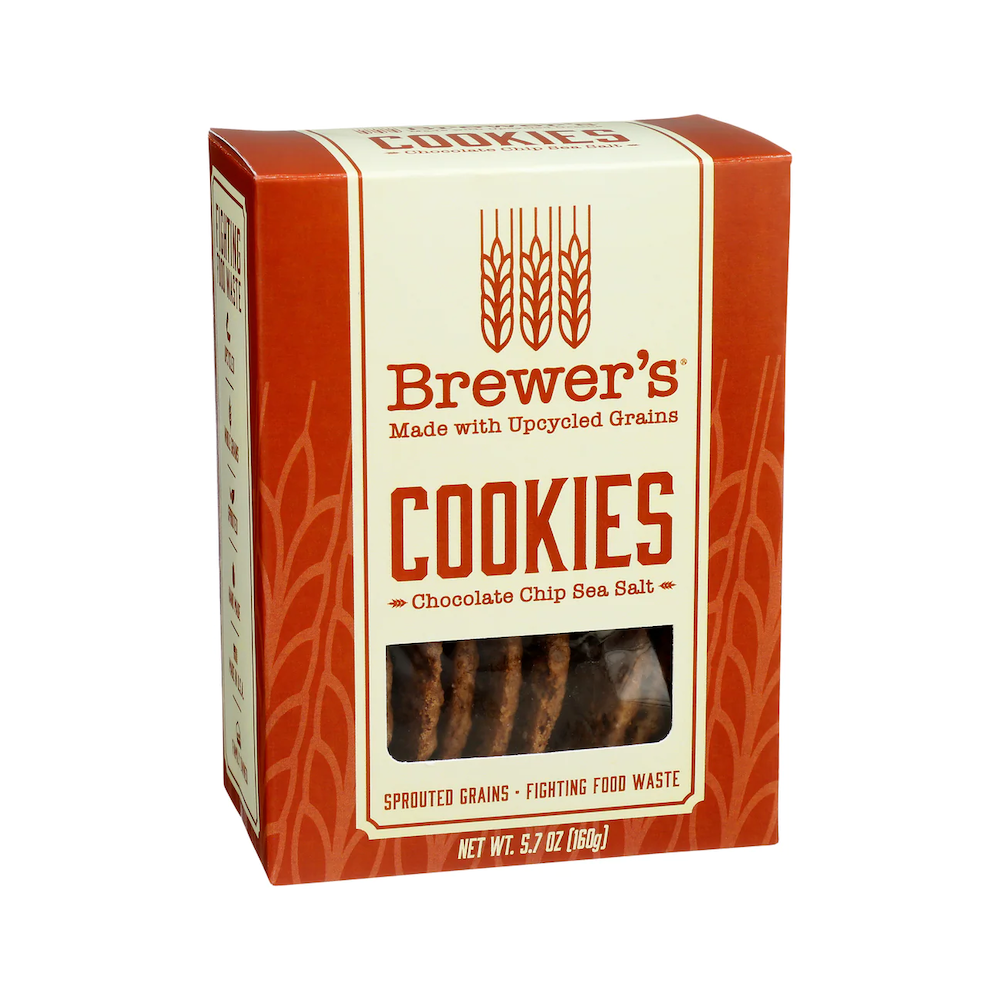
An alternative meat made from cashew fruit is one of the latest upcycled food products to hit retail grocery stores as interest in preventing food waste and conserving resources continues to gain traction among consumers and entrepreneurs alike. Last year, the upcycled food market was worth just under $53 billion, with the industry expected to add another $30 billion to its market share in the next decade.
While the technical name — products from food waste — doesn't inspire much confidence, repurposing otherwise discarded agricultural outputs could go a long way toward alleviating world hunger while also reducing greenhouse gas emissions. Of course, this will require scaling up to process a variety of leftover ingredients — from the cashew apples used in Cajú Love's fake meat, to chocolate chip cookies made with spent grain from craft breweries, to snacks and beverages that utilize the leftover part of the cacao fruit, and much more. Advertising and educational campaigns aimed at getting consumers excited about these alternatives will also be integral.
Cajú Love's signature product, which was originally launched in 2021 and made available online, is produced from the leftovers of the cashew nut industry in Brazil. The industry produces 2.7 million cashew apples each year, but only about 12 percent of those are pressed for juice or turned into jam and other products, with the rest going to waste. Since its founding, Cajú Love boasts having salvaged and repurposed 105,000 of these. Although that may not sound like a huge dent in the total, there is plenty of room to scale up if the brand can get consumers excited about its high-fiber product.
"Cashew fruit meat has the potential to feed a growing population without putting pressure on the environment. Cajú Love has been a pioneer in the upcycled food movement by creating a new plant-based staple from upcycled cashew fruits,” Alana Lima, the company's founder, said in a statement. "We have built a new supply chain system to upcycle cashew apples that helps conserve energy in food production, reduce food waste, soil exploitation and water usage, and provides an additional income stream for local farmers.”

The cashew fruit meat, which resembles shredded beef, is part of a growing movement to reclaim agricultural outputs and spent grains. While microbrewers have been known to donate their spent grains to pig farms, 2.5 million tons of it is produced by the industry annually — a decent-sized supply for snack and pet food makers. Brewer's Foods is one such brand. The snack food maker has recently added chocolate chip cookies to its line, which already included crackers and pita chips. Likewise, Leashless Lab produces dog treats from grains that were first used to brew beer. A major food distributor has dipped its toe into the upcycling pool as well, with U.S. Foods offering a Pub Grain Hamburger Bun made with spent grains.
Leashless Lab and U.S. Foods are among dozens of brands with products that have been certified by the Upcycled Food Association. Other examples include Blue Stripes Urban Cacao, which makes drinks and snacks from the leftover parts of the cacao fruit, and Matriark Foods, which turns vegetable remnants and surplus into sauces and broths.
Not all upcycled food waste is turned into actual food, however. Other uses include the hand sanitizer and vodka produced by the Lost and Found Distillery and skin care products by BYBI. Altogether, the Upcycled Food Association claims to have kept 840 million pounds of food from being wasted.
Food waste contributes a hefty amount of greenhouse gases to the atmosphere — 170 billion metric tons worth according to the U.S. EPA — and that's not even counting the methane produced by what's left to decompose in landfills. Roughly a third of all food produced worldwide is wasted, resulting in yearly losses worth $940 billion as well as 1 in 9 people going hungry. But we can rectify these situations by upcycling on a large scale.
Still, since most consumers are largely unfamiliar with upcycled foods, advertising and education are needed to spread the word. Public service announcements can help pave the way for greater interest, while changes to nutritional education can help guide consumers on how to best utilize the new products — such as recognizing when alternative meat products are better sources of fiber than they are protein. Effective campaigns could work to get consumers excited about the variety of novel foods available, ensuring the market is there as more products hit the shelves.
Image courtesy of Cajú Love

Riya Anne Polcastro is an author, photographer and adventurer based out of Baja California Sur, México. She enjoys writing just about anything, from gritty fiction to business and environmental issues. She is especially interested in how sustainability can be harnessed to encourage economic and environmental equity between the Global South and North. One day she hopes to travel the world with nothing but a backpack and her trusty laptop.














